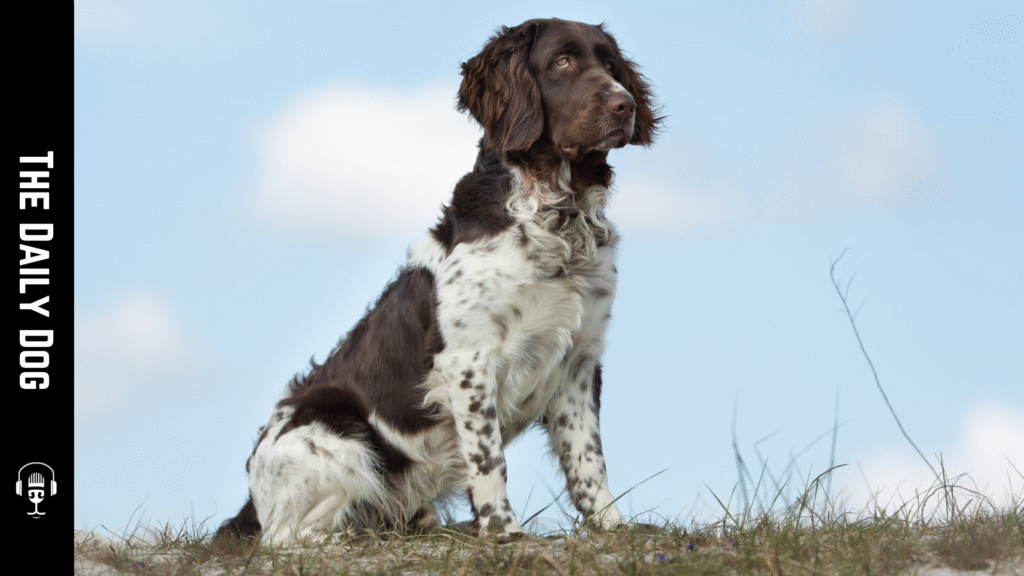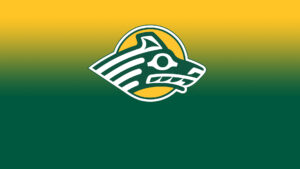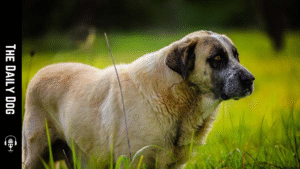The Large Munsterlander is a remarkable breed renowned for its exceptional versatility, intelligence, and loyalty. As a highly adaptable hunting dog, the Large Munsterlander has captured the hearts of hunters, outdoor enthusiasts, and families. This elegant and energetic breed embodies a perfect blend of athleticism, temperament, and working ability, making it a popular choice for various canine pursuits. In this article, we will explore the origins of the Large Munsterlander, its physical characteristics, temperament, training needs, health considerations, and why it could be the ideal companion for active households and hunting enthusiasts.
Origins and History of the Large Munsterlander
The Large Munsterlander hails from Germany and has been utilized for centuries as a versatile hunting dog. Its roots trace back to the Munster region, where it was bred specifically for upland game hunting, particularly for retrieving waterfowl and upland birds. The breed’s development involved crossing local German dogs with other versatile hunting breeds to enhance its tracking, retrieving, and pointing abilities.
Historically, the large Munsterlander was prized for its keen nose, stamina, and trainability—qualities essential for a successful hunting companion. Over time, the breed’s reputation grew, and it became a favored choice among hunters who needed a dog capable of working in challenging terrains and varied environments. Today, the large Munsterlander continues to exemplify these traits while thriving as a family pet.
Physical Characteristics
The Large Munsterlander is a striking dog with a well-balanced and athletic build. Its appearance reflects its working heritage, combining grace with strength. Here are some key physical features:
Size: As the name suggests, the Large Munsterlander is a sizable breed. Males typically stand between 22 and 24 inches (55 and 61 cm) at the shoulder, and females are slightly smaller. The weight ranges from 55 to 66 pounds (25 to 30 kg).
Coat and Color: The breed sports a dense, medium-length coat that is weather-resistant, ideal for outdoor pursuits. Its coat is predominantly white with distinctive liver (reddish-brown) markings, including patches and spots. The markings are evenly distributed, and the breed is known for its beautiful, expressive appearance.
Head and Expression: The Large Munsterlander has a noble, alert expression. Its well-proportioned head, expressive dark eyes, and black nose contribute to its attentive look. Its ears are set high, hanging close to the cheeks.
Tail: The tail is carried horizontally or slightly upward and is typically docked in regions where this practice is permitted. However, docking is becoming less common due to changing regulations and attitudes.
Temperament and Behavior
One of the most appealing qualities of the Large Munsterlander is its friendly, loyal, and eager-to-please nature. These dogs are known for their affectionate disposition toward their families and playful, energetic demeanor. Here’s a closer look at their temperament:
Intelligent and Trainable: The breed’s high intelligence makes training relatively easy, mainly when positive reinforcement techniques are employed. They thrive on mental stimulation and enjoy learning new commands or tricks.
Loyal and Affectionate: Large Munsterlanders tend to form strong bonds with their owners and are often described as “people dogs.” They are affectionate and enjoy being involved in family activities.
Energetic and Active: As a working breed, they require ample physical exercise and mental engagement. Without sufficient activity, they can become bored, leading to destructive behaviors.
Good with Children and Other Pets: These dogs are generally good with children and can coexist peacefully with other pets when properly socialized.
Alert and Protective: While friendly, they are also alert watchdogs who bark to alert their owners of unfamiliar visitors or unusual activity.
Exercise and Activity Needs
The Large Munsterlander thrives in environments where it can run freely and engage in challenging activities. Its instincts and high energy levels mean it needs daily vigorous exercise to stay healthy and happy.
Daily Exercise: Ideally, this breed should receive at least an hour of vigorous daily activity. Activities include running, hiking, agility training, or organizing hunting or retrieving exercises.
Mental Stimulation: Puzzle toys, scent work, obedience training, and games that challenge their intelligence are essential to prevent boredom.
Hunting and Sporting: Due to their natural hunting instincts, Large Munsterlanders excel in field trials, retrieving, and water work. Participating in these activities satisfies their instincts and deepens the bond with their owners.
Training and Socialization
Training a Large Munsterlander requires patience, consistency, and positive reinforcement. They are eager to please and respond well to gentle, firm guidance.
Early Socialization: Introducing puppies to various environments, people, and other animals from a young age is vital to develop a well-rounded dog.
Obedience Training: Basic commands such as sit, stay, come, and heel should be established early. Advanced training can include marking, retrieving, and scent work.
Hunting and Field Training: For those interested in hunting, specialized training is essential to develop their pointing and retrieving skills. Professional guidance can help them maximize their potential.
Health and Care
The Large Munsterlander is generally a healthy breed with a lifespan of approximately 12 to 14 years. Regular veterinary checkups, a balanced diet, and proper exercise are crucial to maintaining their health.
Common Health Concerns: Some potential health issues include hip dysplasia, elbow dysplasia, and certain eye conditions. Responsible breeding practices help mitigate these risks.
Grooming Needs: Their medium-length coat requires regular brushing several times weekly to prevent matting and remove loose hair. Bathing should be done as needed, especially after outdoor activities.
Diet and Nutrition: A high-quality, balanced diet suited to their age, size, and activity level supports overall health. Consult your veterinarian for tailored feeding advice.
Why Choose a Large Munsterlander?
The Large Munsterlander is an excellent choice for active individuals or families who lead an outdoor lifestyle and seek a loyal, intelligent, and versatile companion. Its natural talents for hunting, retrieving, and water work make it an outstanding working dog. Simultaneously, its affectionate and friendly nature makes it a wonderful family pet.
Here are some reasons why the breed stands out:
Versatility: Capable of excelling in hunting, obedience, agility, and even therapy work.
Loyalty: Forms strong bonds with owners and enjoys being a part of family activities.
Adaptability: Can adapt to various living environments, provided it receives enough exercise and mental stimulation.
Appearance: Its striking looks and expressive eyes make it a beautiful addition to any home.
Ideal Living Conditions
While the Large Munsterlander can adapt to different living situations, it thrives best in homes with access to outdoor space, such as a large yard or nearby parks. It is not well-suited for apartment living unless its exercise and mental stimulation needs are diligently met.
Space and Exercise: An active household with daily physical activity is ideal.
Training and Socialization: Consistent training and early socialization are key to developing a well-behaved companion.
Companionship: They prefer being close to their owners and can suffer from separation anxiety if left alone for long periods.
The Large Munsterlander is a breed that embodies versatility, intelligence, and loyalty. Whether you are a dedicated hunter seeking a capable working partner or a family looking for an energetic and affectionate companion, this breed offers a rewarding relationship rooted in mutual respect and activity. Their striking appearance and engaging personality make them stand out among sporting and family dogs.
If you are considering adding a large Munsterlander to your family, ensure you are prepared to meet their exercise, training, and social needs. With proper care, love, and commitment, the large munsterlander will reward you with years of companionship and service, enriching your outdoor adventures and daily life alike.










